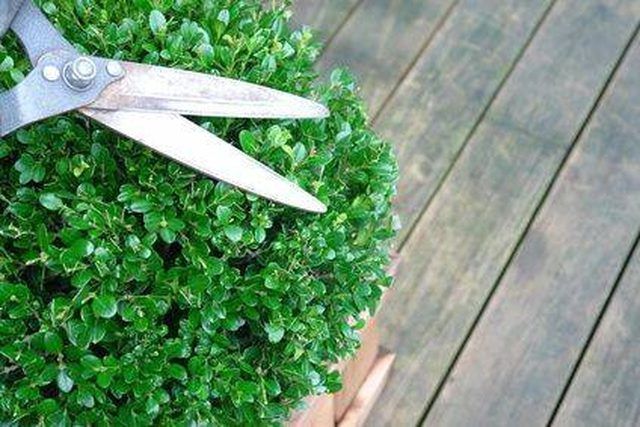Bulbs
Flower Basics
Flower Beds & Specialty Gardens
Flower Garden
Garden Furniture
Garden Gnomes
Garden Seeds
Garden Sheds
Garden Statues
Garden Tools & Supplies
Gardening Basics
Green & Organic
Groundcovers & Vines
Growing Annuals
Growing Basil
Growing Beans
Growing Berries
Growing Blueberries
Growing Cactus
Growing Corn
Growing Cotton
Growing Edibles
Growing Flowers
Growing Garlic
Growing Grapes
Growing Grass
Growing Herbs
Growing Jasmine
Growing Mint
Growing Mushrooms
Orchids
Growing Peanuts
Growing Perennials
Growing Plants
Growing Rosemary
Growing Roses
Growing Strawberries
Growing Sunflowers
Growing Thyme
Growing Tomatoes
Growing Tulips
Growing Vegetables
Herb Basics
Herb Garden
Indoor Growing
Landscaping Basics
Landscaping Patios
Landscaping Plants
Landscaping Shrubs
Landscaping Trees
Landscaping Walks & Pathways
Lawn Basics
Lawn Maintenance
Lawn Mowers
Lawn Ornaments
Lawn Planting
Lawn Tools
Outdoor Growing
Overall Landscape Planning
Pests, Weeds & Problems
Plant Basics
Rock Garden
Rose Garden
Shrubs
Soil
Specialty Gardens
Trees
Vegetable Garden
Yard Maintenance
How to Trim Boxwood Hedges into Designs
How to Trim Boxwood Hedges into Designs. A boxwood hedge is an evergreen shrub that has tiny green leaves. This hedge grows slowly and typically becomes very thick. These characteristics make it one of the best hedges for designing shapes and animals out of the hedge. Boxwood hedges are very hardy and are easy to take care of. Animal designs are...

A boxwood hedge is an evergreen shrub that has tiny green leaves. This hedge grows slowly and typically becomes very thick. These characteristics make it one of the best hedges for designing shapes and animals out of the hedge. Boxwood hedges are very hardy and are easy to take care of.
Animal designs are popular for boxwood hedges. Even an inexperienced gardener can shape a boxwood hedge into an interesting design with a small amount of effort and general gardening equipment.
Things You'll Need
Hand clippers
Long-handled pruner
Ladder (optional)
Tarp (for collecting trimmed pieces)
Sticks
Trimming Boxwood Hedges into Designs
Start to create boxwood hedge designs in early summer or late spring when the leaves are new on the hedge. Decide on a design to make with the hedge. Animals are popular designs for hedges and often hedges already have a similarities to specific animals. If this is the case, finish what nature has already begun.
Imagine how the animal's body can be formed out of the hedge. A typical small boxwood hedge can easily be shaped into a bird, for example, by beginning the design with simple square shape. This square shape can become the body of a perched bird.
Insert sticks to designate where the head and tail will be. Start to trim the upper parts of the shrub into a contour of the shape of the animal.
Round the corners into a circular shape to form the bird's body. Do not concentrate on small details of the design. Cut slowly with the hand clippers and step back frequently to assess your progress.
Look carefully at the hedge and determine which stems of the hedge could be shaped into the head and which stems could become the tail. Insert sticks on both ends of the body to show where the head and tail will be.
Begin to clip the hedge around the head. Do not make extreme cuts. Rather, make small clips and then allow the hedge to grow and then make more small clips. In this way, the hedge will grow into the desired shape. Repeat this process on the other end where the stick was placed for the bird's tail. Continue trimming and watching as the hedge grows to keep it growing into the shapes for the head and tail. Remove the sticks when the head and tail have grown as desired.
Water the boxwood hedges and mulch if necessary. Control insects that could damage the shrubs.
Tips & Warnings
The process of making designs out of boxwood hedges typically takes several growing seasons. Patience is necessary for achieving a final design result.